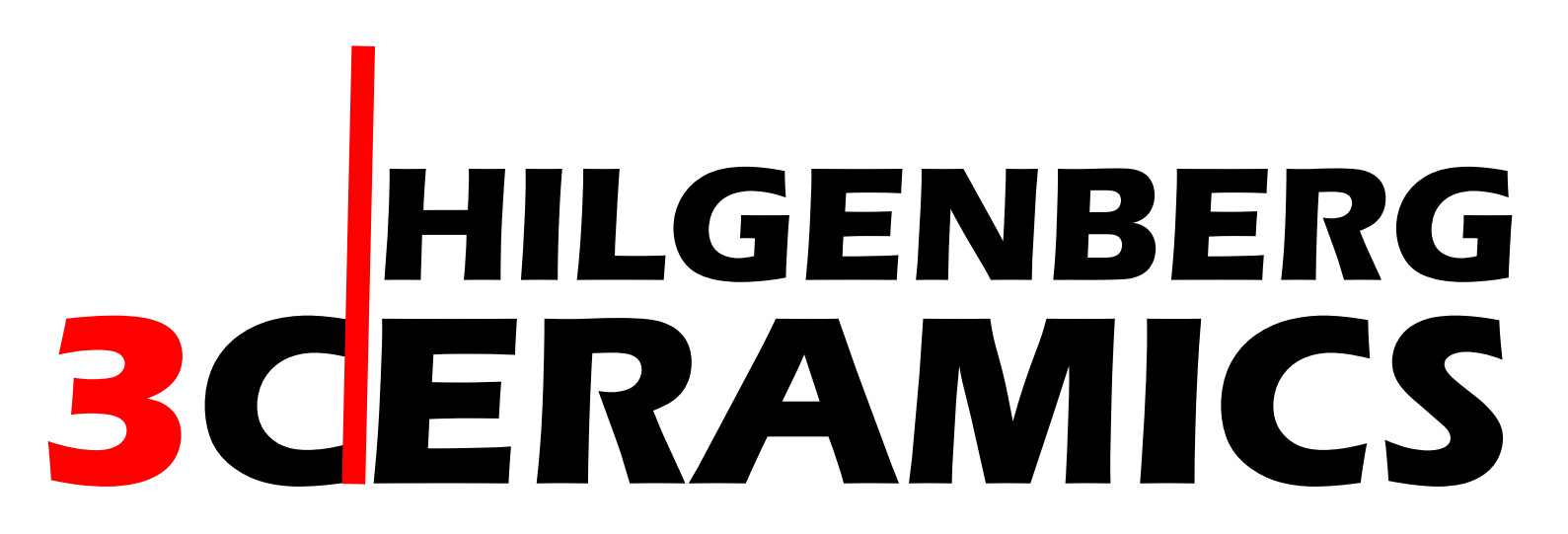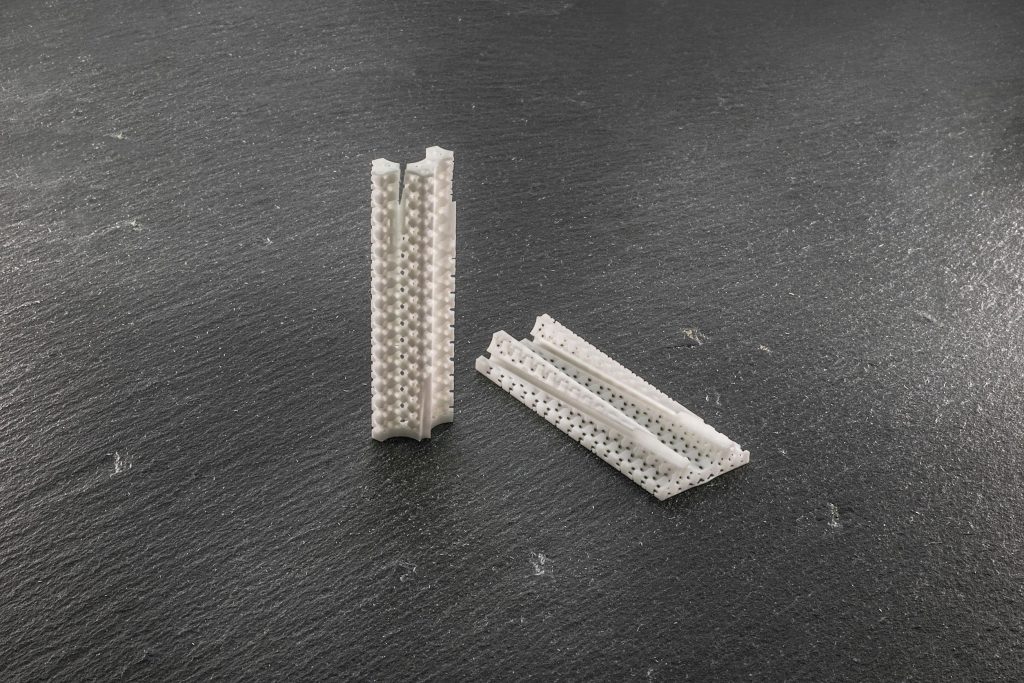Project idea
MYRRHA is the name of an innovative and ambitious European project to develop the next generation of clean and safe nuclear power plants. With a budget of around 1.6 billion euros, a new nuclear power plant is to be built in Mol, Belgium, by 2036. Novel nuclear reactor which has three essential improvements over today's power plants:
- So-called "transmutation" drastically reduces the radioactivity of the nuclear waste, which Final disposal according to an estimate of approx. 300,000 years by a factor of 1000 shortened to only 300 years
- The reactor core is designed in such a way that it shuts down directly in the event of a fault, thus preventing Super-GAU impossible is
- In addition to scientific research, the reactor also Vital radioisotopes for cancer research and therapy generated
In the current design phase, the Institute for Thermal Energy Technology and Safety (ITES) at the Karlsruhe Institute of Technology (KIT) the reliability of the thermal-hydraulic components of the research reactor in Belgium. A particular focus here is on the performance of the hexagonal stainless steel fuel rod bundles in the reactor core, around which a liquid bismuth-lead mixture flows as a coolant. The formation of lead oxides or the deposition of other foreign substances in the molten metal can lead to so-called "blocking", which has a negative impact on the cooling of the reactor.
In collaboration with the ITES, a ceramic "fluid brake" was therefore developed, which geometrically reproduces this possible blockage exactly. This enables more precise calculations of the flow and cooling behavior using "Computational Fluid Dynamics (CFD)". The blockade used must meet special challenges with regard to the temperature range of 200°C to 450°C, stability at flow velocities of up to 2m/s in liquid metal and the precisely defined geometry in the millimeter range.
3D reproduction of the ceramic metal oxide
In the past, various metallic wire mesh structures were tested in order to map the aforementioned blocking of the coolant flow. However, these test series could only meet the requirements to a limited extent. It was therefore decided to use a 3D-printed ceramics made from ZrO2in order to benefit from the following advantages:
- Ceramic provides the necessary thermal and chemical stability for the aggressive environment in the test reactor
- ZrO2 has a Low thermal conductivity (WLF) which corresponds as closely as possible to the conductivity of the metal oxide and therefore increases the reliability of the simulation
- The porous structures of the metal oxide can be 3D printed true to detail (see schematic representation of the component) in order to ideally simulate the flow resistance of the blockage
- Through the Flexibility of 3D printing, it is easy to adapt the geometry. Running through several iterations makes it possible to find the right geometry for optimum performance of the component in the simulation
The detailed simulation is intended to accurately predict the flow behavior of the coolant used and the thermal load on the heating rods in the actual reactor. The preliminary tests are carried out at the Karlsruhe Institute using a specially constructed "THEADES" circulation system for lead bismuth. For illustration purposes, you will find a schematic representation of the cycle as well as the fuel rod bundles including a 3D-printed ceramic blockade at the end of the article. The data obtained from the simulation helps to identify possible errors as early as the design phase of the reactor, as later adjustments are very difficult and costly to implement.
Technical challenges in ceramic 3D printing
In order to realistically simulate the metal oxide that forms, the ceramic component must generate a comparable flow resistance. This is achieved by a high packing density and narrow channel structures, which "slow down" the lead-bismuth mixture flowing through. Important for the subsequent calculations is a isotropic fluidityi.e. the generated flow resistance must be the same over the entire surface of the component. If differences occur, the liquid metal takes the path of least resistance and the measurements are falsified as a result.
3D printing can meet the requirements better than other manufacturing processes. Nevertheless, there are still some challenges to overcome in the process:
- The geometry must be printable and - almost more importantly - cleanable. Post-processing (cleaning) of the components is very difficult due to the high packing density
- Conventional structures such as gyroids or diamond lattices do not have isotropic fluidity, so a new geometric structure had to be developed to realistically model the blocking
- The combination of high complexity and thin connecting webs increases the risk of errors in the printing process. To avoid this, the printing parameters must be individually adapted to the geometry
Outlook
The iterations to date show that the generated geometry of the 3D-printed ceramic reproduces the blockage caused by the metal oxide well. Minor adjustments will be made to further optimize the simulation, but the results already indicate that the 3D-printed fluid brake meets the requirements placed on it and will therefore make an important contribution to the simulation of the reactor.
Has this article piqued your interest? Go to hilgenberg-ceramics.com/news/ we regularly publish application examples to give you an understanding of the possibilities of ceramic 3D printing. You will also find our contact details there if you have any further questions.
Further information on the activities of our partners at KIT can be found at www.ites.kit.edu.

